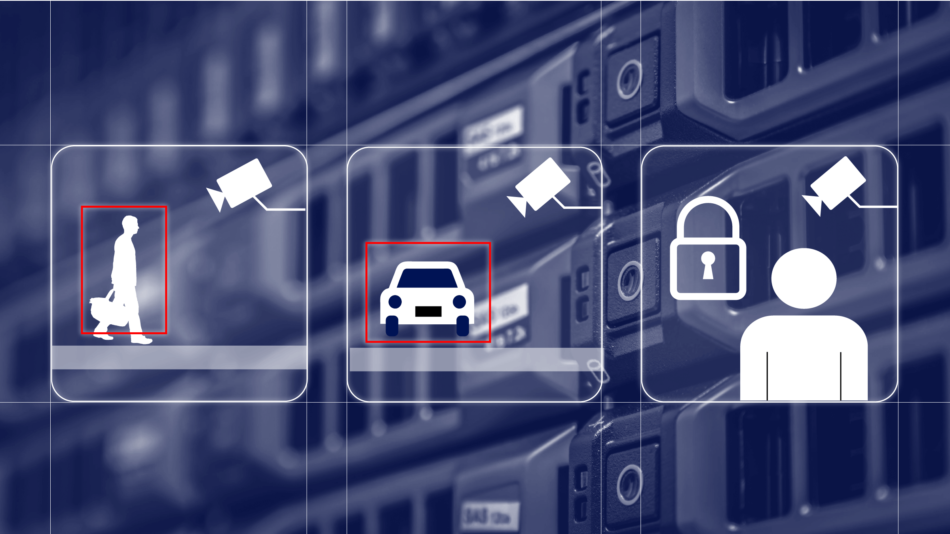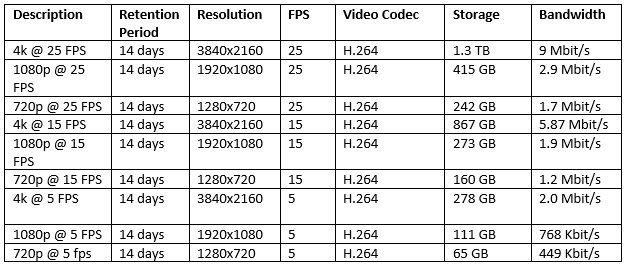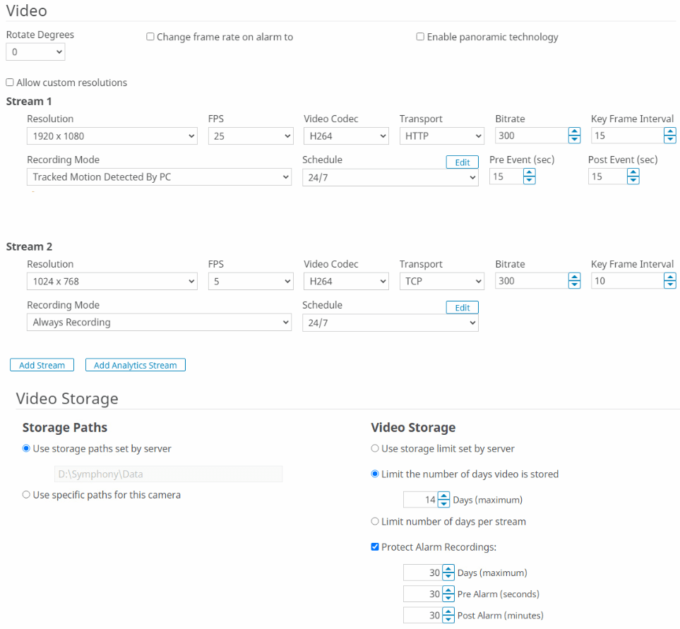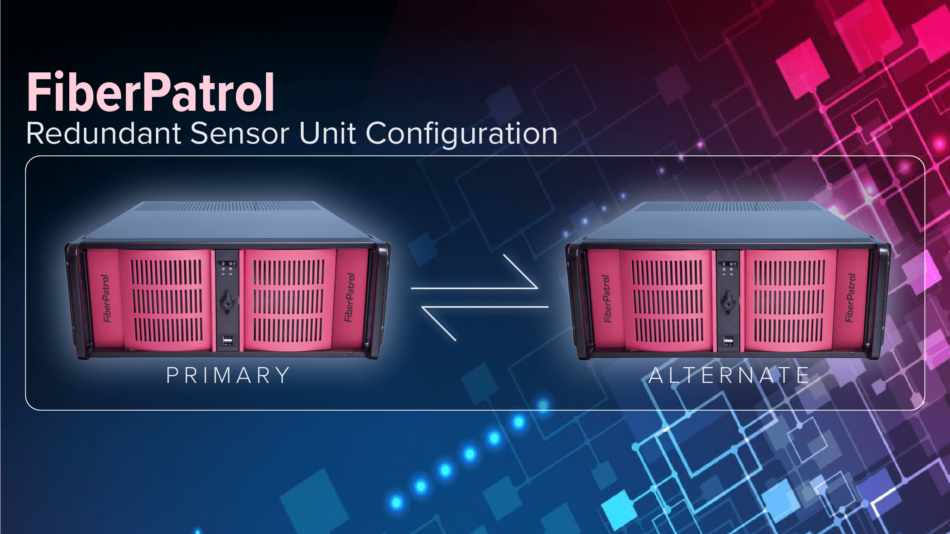Using Video Analytics to Optimize Video Storage and Protect Privacy

Video surveillance, especially when using high-resolution cameras, can generate substantial amounts of data. When deploying a new surveillance system, or expanding an existing one, one first considers how much storage is needed. But equally important to ask is: 1) under what conditions or events is high quality video critical? 2) what privacy rules and regulations apply? and 3) when can a lower quality be used to reduce storage requirements and bandwidth requirements?
First, the required video resolution settings are determined by the specific application – namely, what are you trying to achieve: identification, classification, or simple notification? The environment also plays a factor. For example, are you monitoring a busy street with lots of activity (and potentially high bandwidth) or a private property with relatively static scenes (which lowers bandwidth requirements).
Let’s look at sample storage requirements for a single video stream with a 14-day retention period at common resolutions and frames per second (FPS):

In addition to storage requirements, privacy laws regarding video surveillance may apply. Privacy laws differ between jurisdictions, but a good starting point is to collect and store only the data you need for a well-defined lawful purpose, for example, a legitimate security threat.
To address both storage and privacy concerns, high-performance video analytics like Senstar’s Outdoor People and Vehicle Tracking and Indoor People Tracking can be used to trigger events that select the optimal video quality setting based on different use cases. Most enterprise-grade IP cameras support multi-streaming, in which the camera streams multiple independent video streams to the video management software (VMS). Each stream is a different quality and may include any combination of frame rate, image quality and codecs.
Let’s look at three examples. The first example reduces storage requirements while ensuring high-quality footage is captured during a potential security threat. Typically, security threats are defined by the unauthorized presence of an individual or vehicle inside a secure perimeter or area, often outside of normal operating hours. The second example looks at how privacy laws can be addressed by eliminating the capture of identifiable video during normal activity. This can be especially important if the camera scene includes a public area. The third example looks at an environment with two distinct activity levels (business hours and closed).
Example 1: Storage Optimization
In this example, we reduce storage requirements up to 75% by defining two streams:
- 1080@25 FPS: Recorded only during potential security events. The system also records a brief amount of footage before and after the event to ensure viewers see the full context in which the event occurs. Typically, 15 to 30 seconds of pre- and post-footage is included, although some sites may choose to keep longer times. An extended retention period is used as the footage may be required for future investigatory purposes.
- 1080@5 FPS: Always on recording but has a 14-day retention period to limit storage consumption. The activity-detecting video analytics may run on this stream, or use a third, lower-resolution stream if CPU usage is a concern.
Senstar Symphony enables users to easily configure multiple camera streams and video retention settings
Example 2: Privacy-Focused Settings
In this example, we look at a configuration similar to the above that also takes into consideration privacy requirements (for example, GDPR in EU countries). This configuration limits data collection to only the critical information needed in the event of a security incident.
In this configuration, two streams are defined:
- 240×135@5 FPS: For use by video analytics to detect and classify potential threats. The low resolution ensures no identifiable information is collected and the video stream itself is not recorded.
- 1080@25 FPS: To capture high-quality video of potential security events as determined by the video analytic settings (e.g. unauthorized access). A well-defined retention period (e.g., 30 days) is also defined to ensure personal information is not kept without cause.
Note that captured footage of potential security threats may still fall under privacy regulations. That is why it is critical to use a VMS like Senstar Symphony with built-in privacy features, including static and dynamic privacy masking, granular operator permissions, and password-protected video export.
Example 3: Retail Store
In this example, we look at a retail deployment where there is normally very little activity outside of business hours. By optimizing our multi-stream settings, we can substantially reduce storage and bandwidth requirements by lowering the video quality when nothing is happing:
- 1280×720@5 FPS during business hours
- 640×360@1 FPS during closed hours
- 1920×1080@25 FPS to capture high-quality video of potential threats during closed hours when video analytics detect activity.
Summary
Careful planning of video surveillance capture and storage can reduce both storage costs and meet applicable privacy requirements. It is critical to select a VMS that offers the performance, feature set, and flexibility to meet the requirements of your specific site.
Senstar can help! The Senstar Symphony Common Operating Platform provides a comprehensive set of features to meet your storage and privacy requirements.



